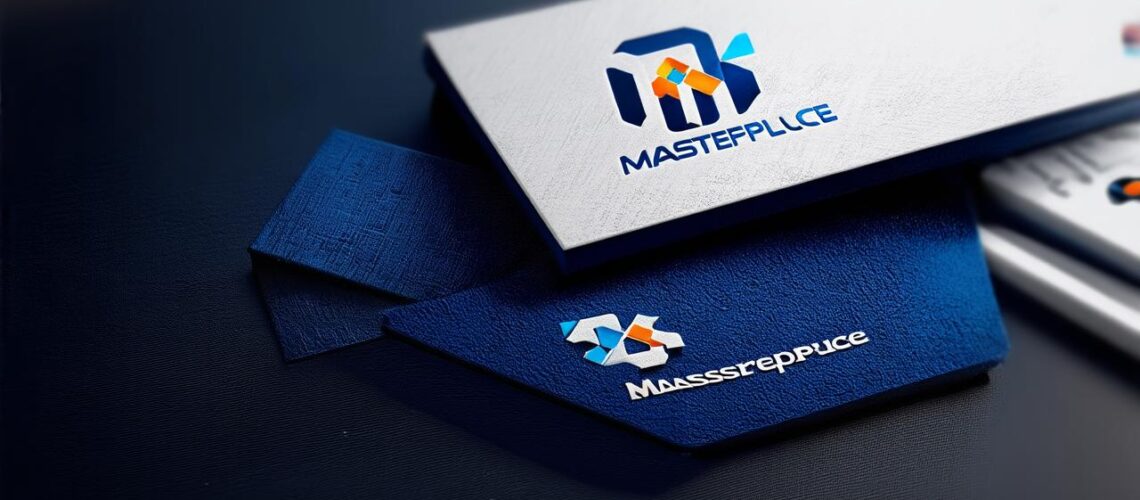How to create a company logo

A company logo is an essential visual representation of your brand identity. It serves as an emblem that communicates your business’s values, personality, and promise to customers. In this guide, we will walk you through the process of creating a company logo from start to finish.
The Importance of a Company Logo
A well-designed logo can help establish a strong brand identity, increase brand awareness, and differentiate your business from competitors. A logo is more than just a graphical representation of your company’s name; it represents the values, personality, and promise of your brand. It should be easily recognizable, memorable, and versatile, so it can be used in various contexts and mediums.
The Steps to Create a Company Logo
Creating a company logo involves several steps that require careful consideration of your brand’s values, personality, and target audience. Here is a step-by-step guide to help you create a logo that captures the essence of your brand:
Step 1: Define Your Brand Identity
Before creating a logo, it’s crucial to define your brand identity. This includes your company’s values, personality, and promise. You should also identify your target audience and what they expect from your brand.
Step 2: Research Your Industry and Competitors
Before designing a logo, it’s important to research your industry and competitors. This will help you understand the design trends, styles, and conventions in your field, as well as what works and what doesn’t work for your competitors.
Step 3: Choose Your Logo Design Elements
Once you have defined your brand identity and researched your industry and competitors, it’s time to choose your logo design elements. Here are some key elements to consider:
- Symbol/Icon: A symbol or icon can be a powerful way to communicate your brand’s personality and values.
- Typography: The font you choose can also play a significant role in communicating your brand identity. Consider whether you want a serif or sans-serif font, as well as the size, style, and color of the text.
- Color: The colors you choose should align with your brand’s values and personality.
- Placement: Your logo should be placed in a way that is easy to recognize and remember. Consider where your logo will appear most frequently, such as on business cards, websites, and packaging.
Step 4: Create Draft Logos
Once you have chosen your design elements, it’s time to create draft logos. You can use various tools and software to create draft logos, such as Adobe Illustrator, Canva, or online logo generators. Here are some tips to help you create effective draft logos:
- Keep it simple: A simple and clean design is more likely to be memorable and versatile.
- Test it out: Test your draft logos on different mediums and backgrounds to ensure they are legible and readable. You can also ask for feedback from friends, family, or colleagues to help you refine your designs.
- Be flexible: Logo design is an iterative process, and you may need to make changes based on feedback or new ideas. Be open to feedback and willing to adjust your designs as needed.

Step 5: Finalize Your Logo Design
Once you have created your draft logos, it’s time to finalize your logo design. Here are some tips to help you choose the right logo design:
- Consider your brand identity: Make sure your final logo design aligns with your brand identity and values. Your logo should be easily recognizable and memorable.
- Test it out: Test your final logo design on different mediums and backgrounds to ensure it is legible and readable. You can also ask for feedback from friends, family, or colleagues to help you refine your designs.
- Be consistent: Consistency is key when it comes to branding. Make sure your final logo design matches the design elements you have chosen throughout the process.
Summary
Creating a company logo involves several steps that require careful consideration of your brand’s values, personality, and target audience. By defining your brand identity, researching your industry and competitors, choosing your logo design elements, creating draft logos, and finalizing your logo design, you can create a logo that communicates your brand’s values, personality, and promise to customers. With the right logo, you can build trust, establish credibility, and differentiate your business from competitors.